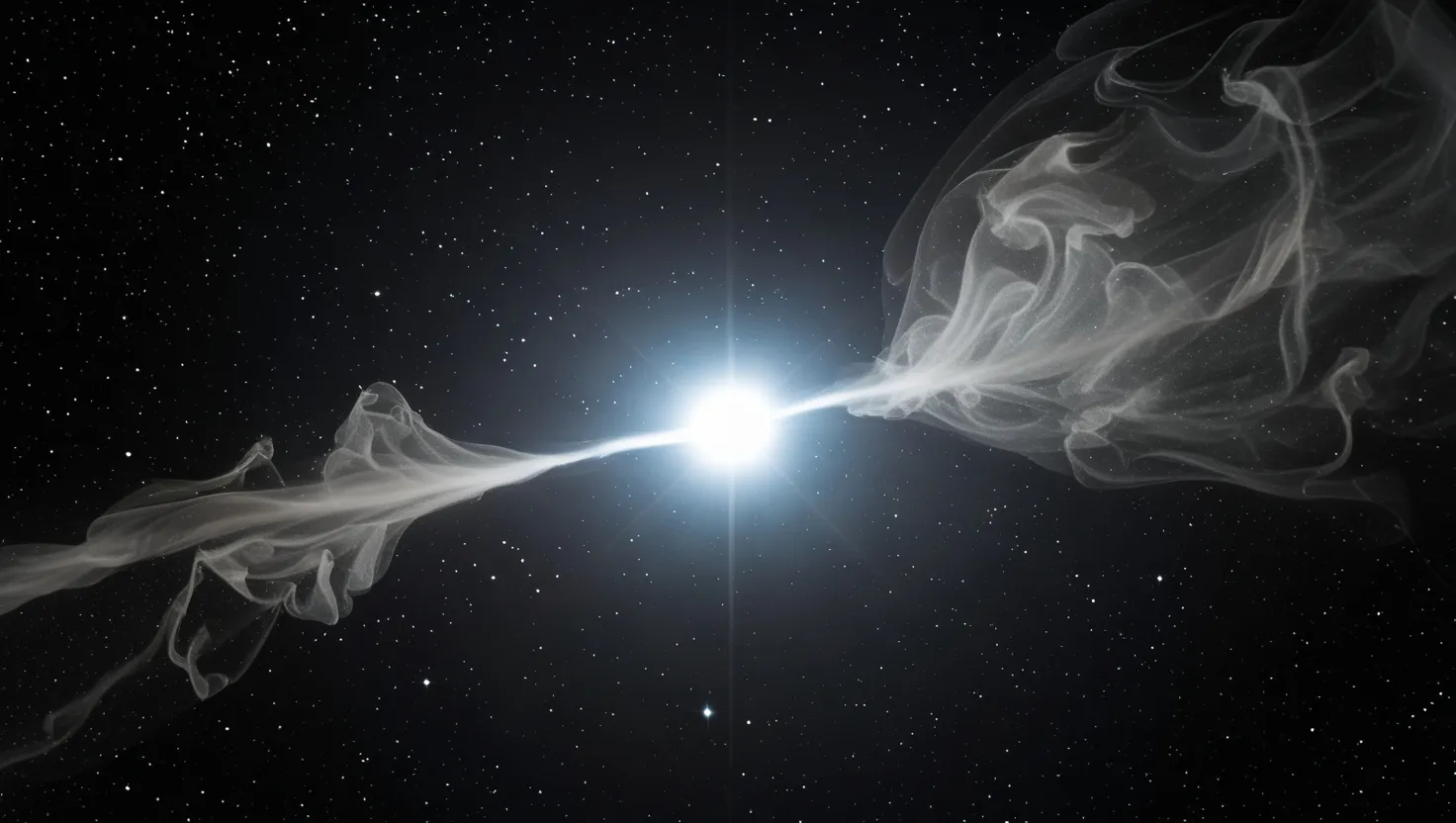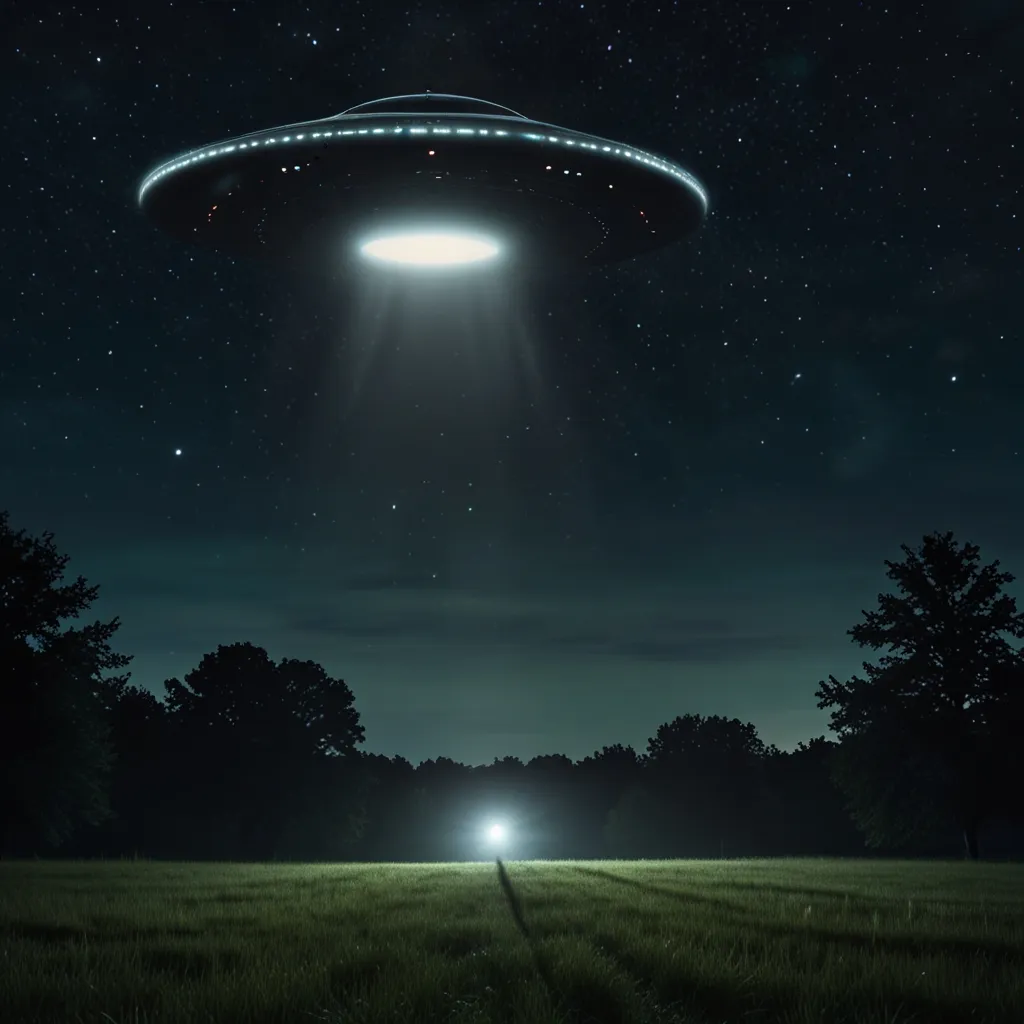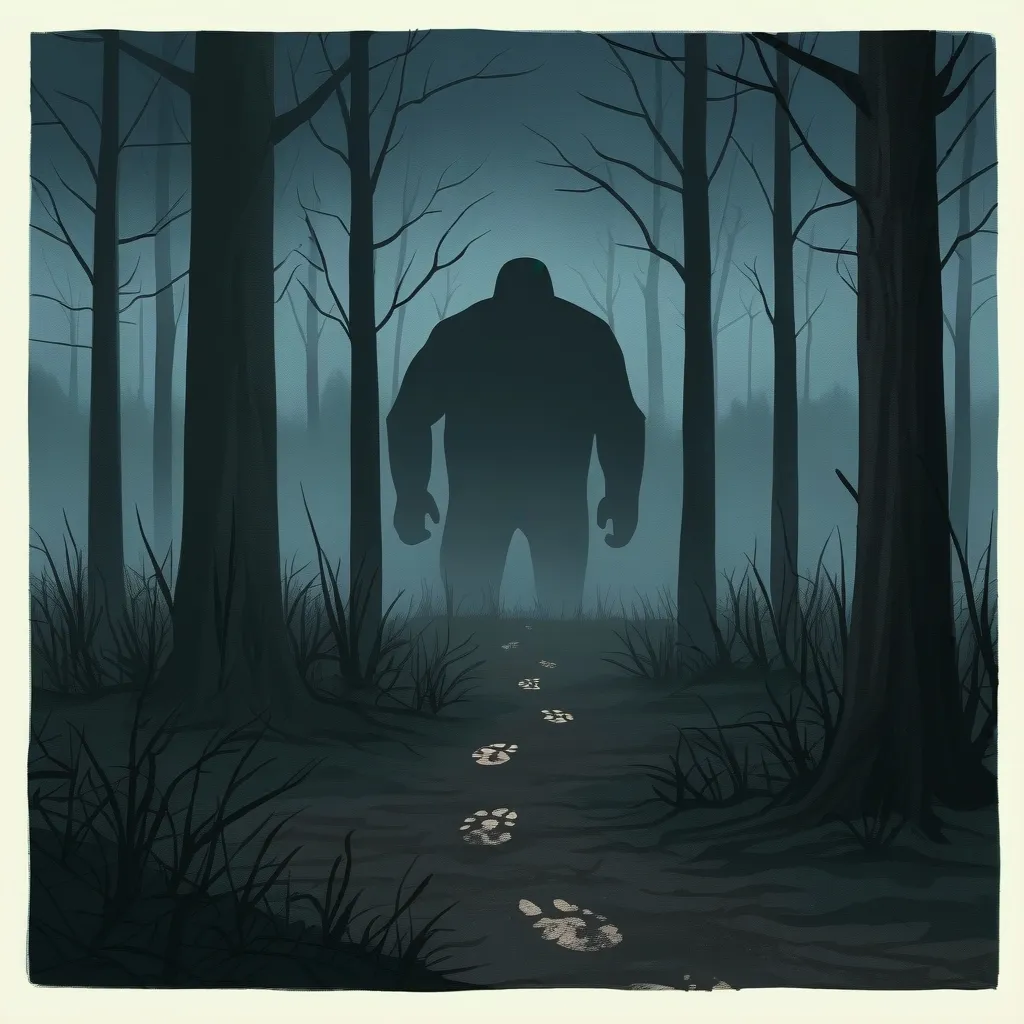At first glance, Tabby’s Star seems ordinary—a pale dot in the tapestry of the distant constellation Cygnus, shining just brightly enough to be seen with a good telescope. But if you observe it carefully, you’d be struck by something that refuses to fit the script. Since 2015, this star has played hide and seek with astronomers, flickering in odd, dramatic ways no one had predicted. Its official name, KIC 8462852, rarely appears outside dense research papers, but among sky-watchers and professionals alike, it is simply Tabby’s Star.
Why would a relatively old, stable star, not unlike our own Sun, suddenly behave like a cosmic lighthouse with a faulty bulb? For a while, not just professional astronomers, but also backyard stargazers and internet forums, had front-row seats to the show. I remember reading the observation logs and thinking, this doesn’t just challenge theories—it pokes fun at them. Every star is supposed to flicker with purpose; Tabby’s seemed to operate on its own unreliable script.
The oddity began with sudden, sharp drops in brightness. Some days, Tabby would fade by a sliver—just one percent. Other times, it would dim by a staggering twenty percent, only to brighten days later. There’s no trend, no rhythm, only a pattern of erratic, seemingly capricious activity. Why don’t other stars show these antics? Just how unusual is this kind of behavior?
Archival photos gave us another clue. If you scroll back through dusty photographic plates from the late 19th century, you’ll notice the star was brighter then than it is today. Over more than a hundred years, Tabby’s Star has gradually dimmed overall—a slow, relentless decline paired with abrupt, dramatic flickers. It’s this combination of sharp, short-lived dips and the slow fading that has kept researchers on edge for years.
So, what could make a star wink like that? Early ideas floated through the field like ghost ships. A ring of comets? Perhaps, but the numbers required would be incredible—the odds of thousands of icy comets, perfectly lined up to block the star’s light in such complex ways, stretch credulity. Every astronomer I spoke to seemed to pause at that scenario. Later, researchers wondered if a planetary smash-up had created clouds of debris. But infrared telescopes, which would catch the telltale thermal glow from such dust, saw nothing. It’s as though the stage had been swept immaculate after a cosmic accident.
Some wondered: what if Tabby’s Star itself was in a weird phase? Most variable stars are young, volatile, often wracked by powerful magnetic storms or pulsations. Tabby’s, though, is comfortably middle-aged. Its energy comes steadily from nuclear fusion, and its surface shows no signs of chaos.
At this crossroads, people started to get creative. And why not? When the facts won’t line up, maybe the story is different than we think. An unconventional idea took hold in both scientific circles and popular culture: could this be evidence of something artificial—say, a massive structure built by an advanced civilization? The “Dyson sphere” concept, first proposed in the 1960s as a way for super-advanced civilizations to capture a star’s energy, became the headline-grabber. Was Tabby’s Star surrounded by vast arrays of solar panels? Might we be witnessing, through the flicker of ancient light, the handiwork of alien engineering?
“The universe is under no obligation to make sense to you.” – Neil deGrasse Tyson
Of course, the scientists among us remained healthily skeptical. Every time someone mentioned the alien scenario, another astronomer would quietly suggest more dust, more mundane explanations. Was it possible, though, that nature had constructed something we’d never seen before? As unassuming as the dust hypothesis sounds, it has gained traction in recent years—not ordinary dust, but uniquely fine grains that block certain colors of light more than others.
Think about it: when you see the sun through smoke, the sky reddens. Similarly, Tabby’s Star dims more in blue or ultraviolet than in red, hinting that whatever obscures it must be composed of small particles, no larger than ordinary dust motes. Yet the sheer quantity and persistence of that dust, along with its curious distribution, remains a puzzle. What if this isn’t dust from asteroids or planets, but something stranger—a torn-apart moon, slowly disintegrating as it spirals into the star? Some now think we are witnessing the aftermath of a “melting exomoon.” Evaporating in orbit, this body releases clouds of dust that swirl in complex patterns, occasionally gathering into thicker veils that intercept our view.
“If you wish to make an apple pie from scratch, you must first invent the universe.” – Carl Sagan
Does that explanation satisfy everyone? Not quite. More oddly, the dips don’t seem to recur predictably. There’s no regular ticking to the clock. If you had unlimited time and a supercomputer, you might model a scenario where tormented moons, disrupted by a planet’s gravity or a near-miss with the star, shed their outer layers into complex spirals. But so far, even the most sophisticated simulations can’t reproduce every quirk of Tabby’s light curve.
Sometimes, I wonder: are we missing something fundamental about stars in general? Tabby’s isn’t utterly alone—other stars in the Kepler survey have shown flashes of similar, though less dramatic, behavior. Some physicists have proposed that we’re glimpsing a star at a “critical point,” a threshold in its inner workings (like changes in heat transport), leading to unpredictable shifts in light output. In this view, the star is less a perfect light bulb, more a turbulent engine on the edge of a phase change.
Perhaps these observations are teaching us humility. Our models rely on rules drawn from the stars nearest to us—stars for which we can measure temperature, composition, age, and activity with precision. Yet at times, the very instruments that charted so many regular orbits now catch cosmic misfires that rewrite the rules. Every so often, an outlier appears that stubbornly resists categorization.
Curiously, Tabby’s Star has also become a proving ground for how modern science works. When the data first came out, astronomers opened their notes to the public, inviting amateurs and professionals from around the world to help process fresh observations. Tabetha Boyajian, for whom the star is named, spearheaded a campaign using donated telescope time and crowdfunding. This worldwide effort made it a rare scientific mystery where non-specialists could join the hunt for answers.
What do we learn from Tabby’s Star, if not the solution to its flickering? Maybe that science doesn’t always have a tidy answer. Sometimes, it gives us a riddle to savor, to poke and prod as technology improves or as new ideas surface. Do you ever wonder if in a distant future, an astronomer will come across different sorts of stars showing similar oddities, and only then will everything click into place?
“In science, there are no shortcuts to truth.” – Louis Pasteur
Tabby’s Star refuses to settle; it keeps astronomers on their toes, reminding everyone that even the basics of how stars shine aren’t set in stone. Some find that frustrating, but there’s an upside: mysteries like these stretch our creativity. They teach us to expect the unexpected, to test every preconception, and to embrace the fact that even the universe’s stolid fixtures can go a bit wild sometimes.
If you had to bet, what would your money be on—dust, disintegrating moons, odd internal physics, or something completely unimagined? Will another discovery tip the scales, or will Tabby’s keep its secret for another hundred years? That’s the adventure of watching the cosmos: sometimes, the universe stars in its own unsolvable whodunit, and we’re all detectives, peering through the lens in the hope of catching just a little more light.






